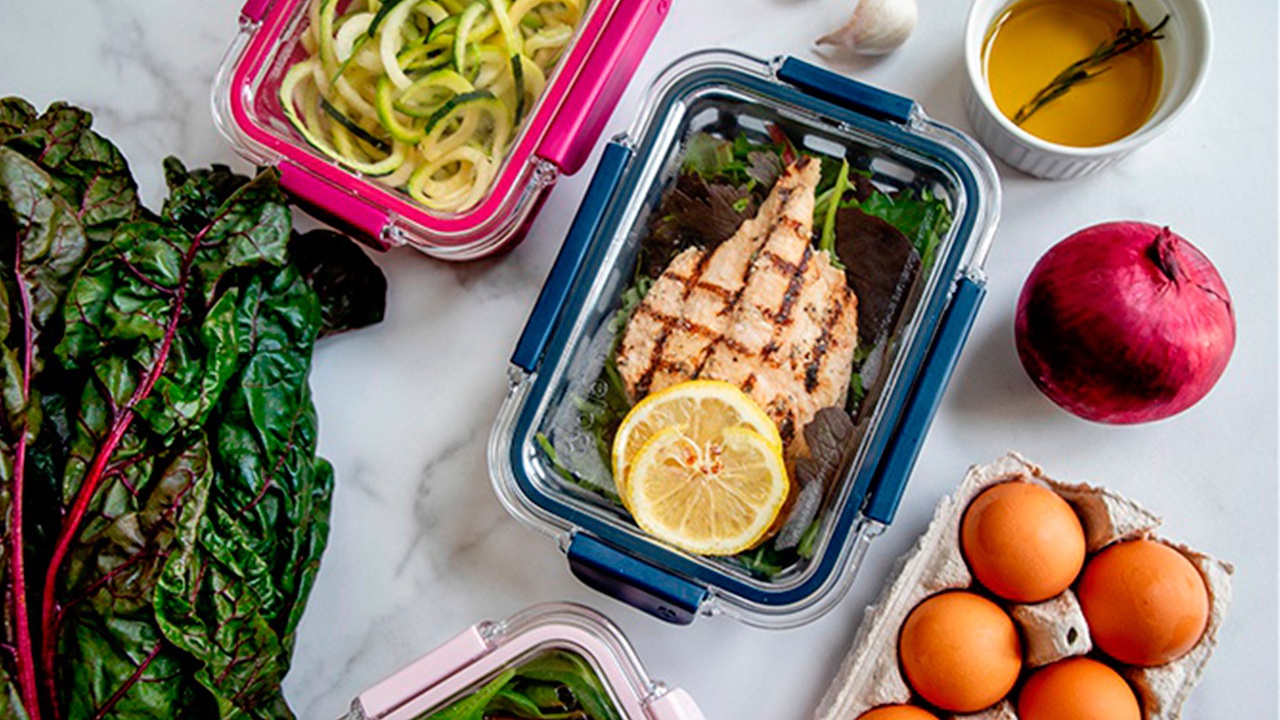
9 Meal Prep Hacks: Easy Ways to Save Time and Eat Healthier in 2025 - May 18, 2025
9 Meal Prep Hacks for 2025: Save Time & Eat Healthier FastSmart Planning for Maximum Efficiency
- Create a Weekly Meal Map: Begin every week by mapping meals in advance using digital planners or meal planning apps (e.g., Plan to Eat, Mealime). Evaluate your calendar for busy evenings and select quick, batch-friendly recipes, such as sheet-pan dinners or grain bowls. A structured approach streamlines both grocery shopping and actual meal prep, reducing decision fatigue.
- Master the Art of the Shopping List: An effective shopping list grounded in your meal map reduces waste and prevents last-minute takeout. Organize items by grocery sections: produce, dairy, proteins, pantry staples, and frozen goods. Modern apps now allow real-time list sharing and inventory checks, increasing accuracy and curbing impulse buying.
Batch Cooking: Save Time in Bulk
- Cook Once, Eat All Week: Dedicate 2-3 hours on your least hectic day to prepare foundational components: roast vegetables, grill proteins, cook grains, and build simple sauces. For example, roast sweet potatoes and broccoli, grill chicken, and make a tahini-lemon dressing. This “modular” approach lets you assemble meals with variety and speed.
- Leverage Freezer-Friendly Recipes: Soup, chili, enchiladas, and casseroles freeze exceptionally well. Portion these meals into individual containers. For 2025, vacuum sealer machines and reusable silicone bags improve freshness while reducing single-use plastic. Label with dates for better rotation and food safety.
Portioning and Storage Solutions
- Invest in High-Quality Containers: Durable glass or BPA-free plastic containers ensure food safety and make reheating easier. Look for stackable options with leak-proof lids to optimize fridge and freezer space—particularly crucial with the rising prevalence of compact urban living in 2025.
- Pre-Portion for Grab-and-Go Ease: Allocate meals or snacks into single-serving containers immediately post-cooking. Pre-pack methods reduce the temptation to overeat and enable healthy eating when schedule gets hectic. This is a tried-and-true hack for those juggling hybrid work or remote jobs.
Incorporating Technology and Automation
- Utilize Smart Kitchen Gadgets: In 2025, countertop appliances like multicookers, air fryers, and meal prep robots offer hands-off cooking methods. Pre-programmed settings save mental energy and ensure repeatable results. Meal sensors in some newer fridges can alert you when food is nearing expiration, further limiting waste.
- Automate Grocery Deliveries: Many services now use AI to suggest weekly grocery orders based on your habits and previous prep plans. Automate recurring staple deliveries to ensure your pantry remains stocked and prevent last-minute dashes to the store.
Customizing Meal Prep for Health & Enjoyment
- Maximize Nutrient Diversity: Plan meals to rotate plant-based proteins (lentils, tempeh, edamame), whole grains (farro, quinoa), and seasonal vegetables. The most robust meal preppers embrace the “color challenge”—aim for five different produce colors per day. This supports micronutrient adequacy and gut health, supported by research from leading nutrition organizations.
- Keep Flavors Fresh: Avoid flavor fatigue by prepping core ingredients plainly and adding variety with global spice blends, salsa, or fresh herbs. With 2025’s uptick in international pantry staples on grocery shelves, experiment easily and economically.
Key Takeaways
- Strategic planning and digital tools make weekly meal mapping more successful than ever
- Batch cooking saves both time and money while fostering dietary consistency
- Proper containers and pre-portioned meals encourage healthy habits and portability
- Smart kitchen appliances and automated grocery services streamline the entire meal prep workflow
- Emphasizing diversity and flavor in meals prevents boredom and enhances nutrition
Author's Perspective
- While automation and technology add immense value, they can introduce cost barriers for some households. Simpler approaches—such as handwritten lists and stovetop batch cooking—remain valid and effective for those with limited access to gadgets or delivery services.
- True culinary success doesn’t always hinge on rigid meal prep routines. Flexibility matters, especially when catering to evolving dietary needs, food sensitivities, or the desire for spontaneous dining.
- Meal prepping’s greatest value lies in its ability to put nutritional control back in your hands, but variety, cultural food traditions, and enjoyment should remain at the forefront of any robust eating strategy.
- Sustainability is increasingly central: choose reusable containers, reduce single-use plastics, and plan around seasonal, local produce when possible for both health and environmental benefits.
Conclusion
- The expert-driven meal prep hacks outlined above harness the best of planning, technology, and culinary creativity to serve healthier meals faster in 2025.
- Smart planning coupled with batch cooking lays the important foundation, while advances in kitchen tech and grocery automation elevate convenience without compromising quality.
- Personalization and nutrient diversity keep eating enjoyable over the long term, ensuring your prep efforts translate to both health benefits and genuine satisfaction.
- By approaching meal prep as a holistic strategy—one that values efficiency, nutrition, and adaptability—you’ll be well-positioned to navigate the busy year ahead with more ease and vitality on your plate.

